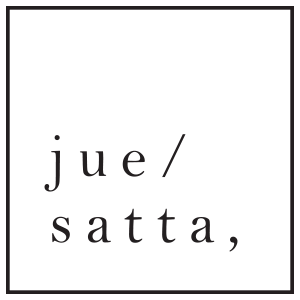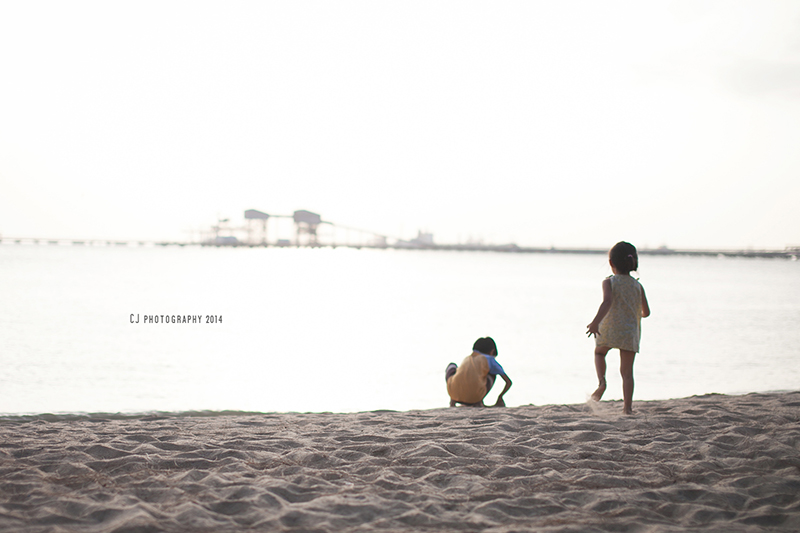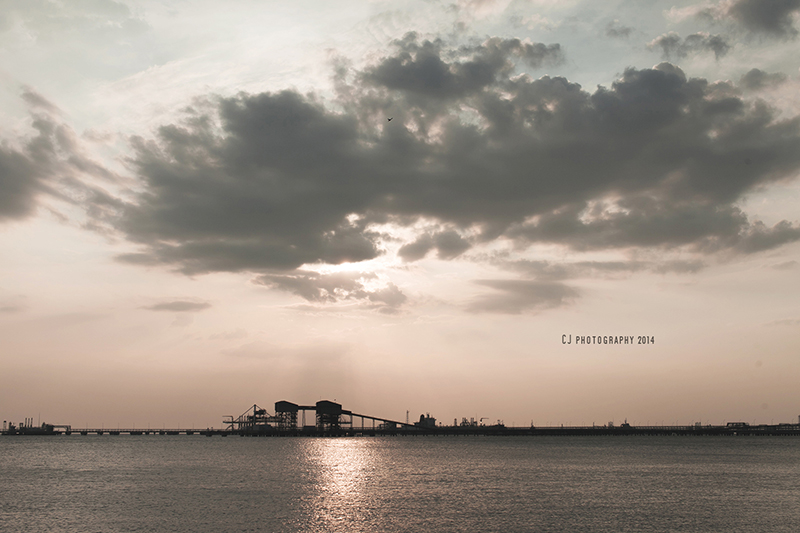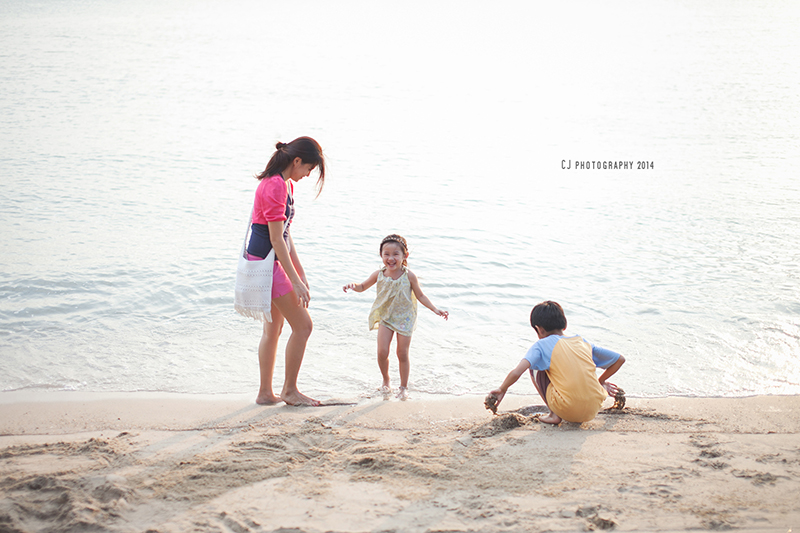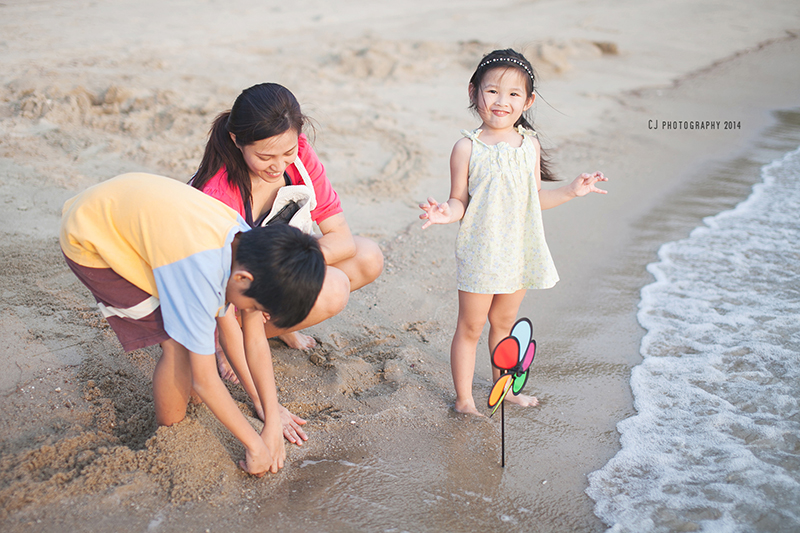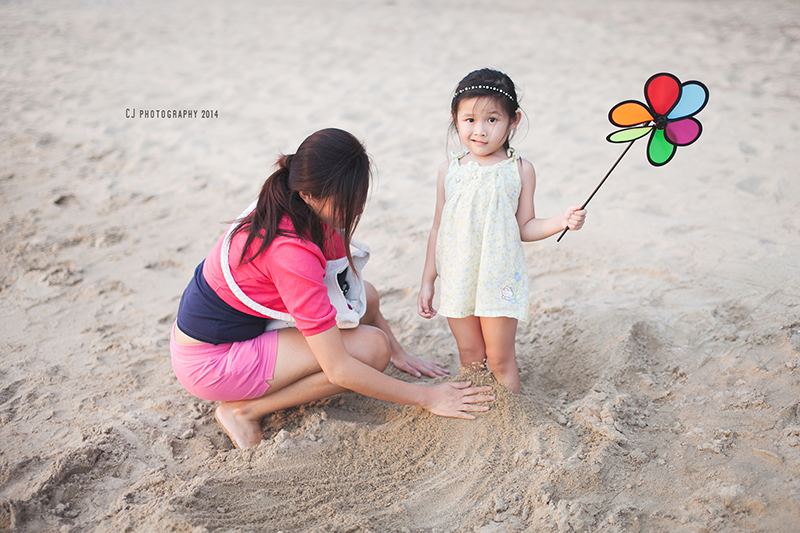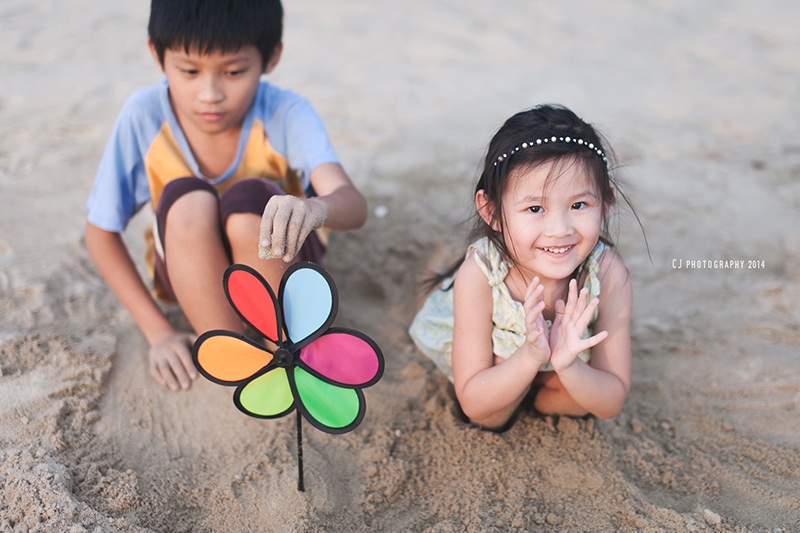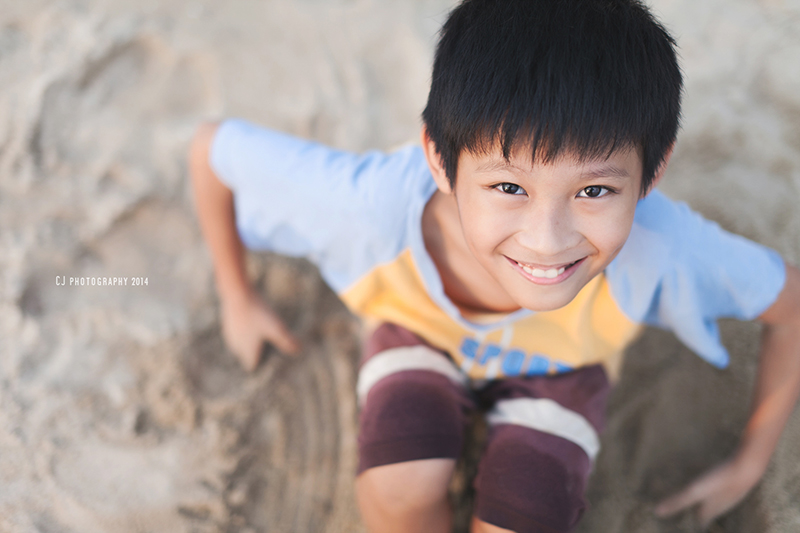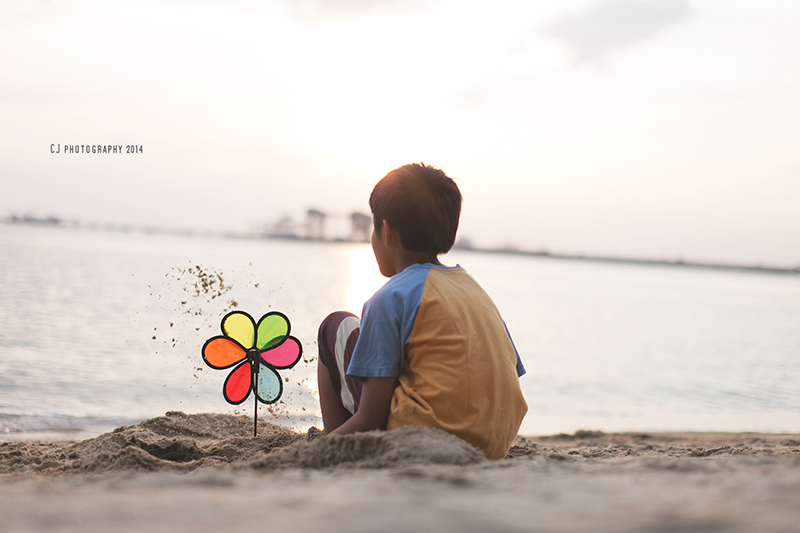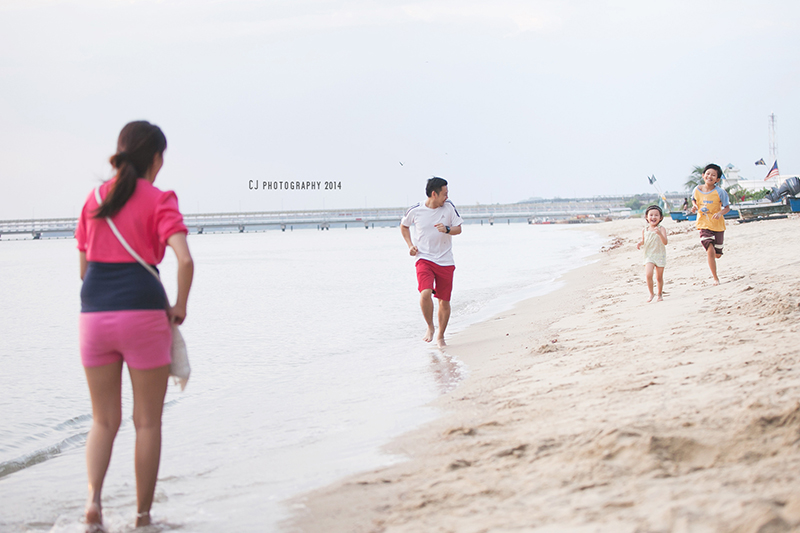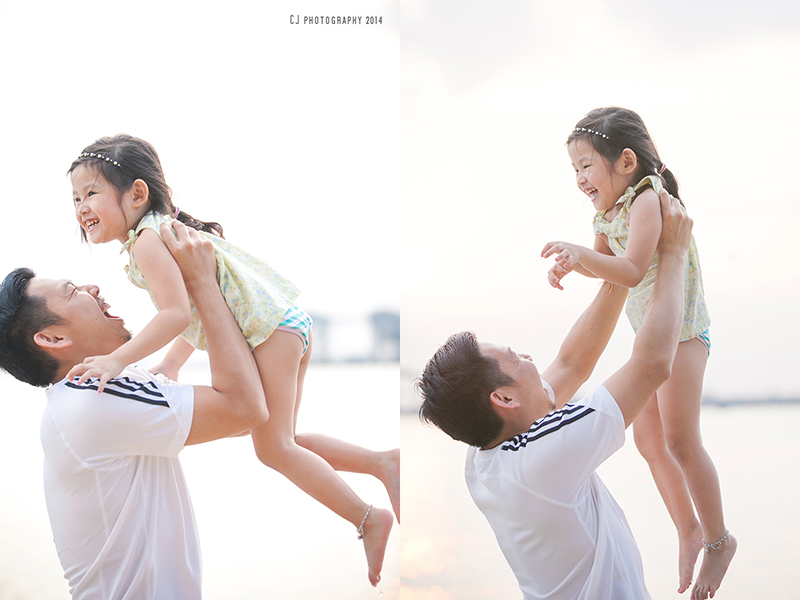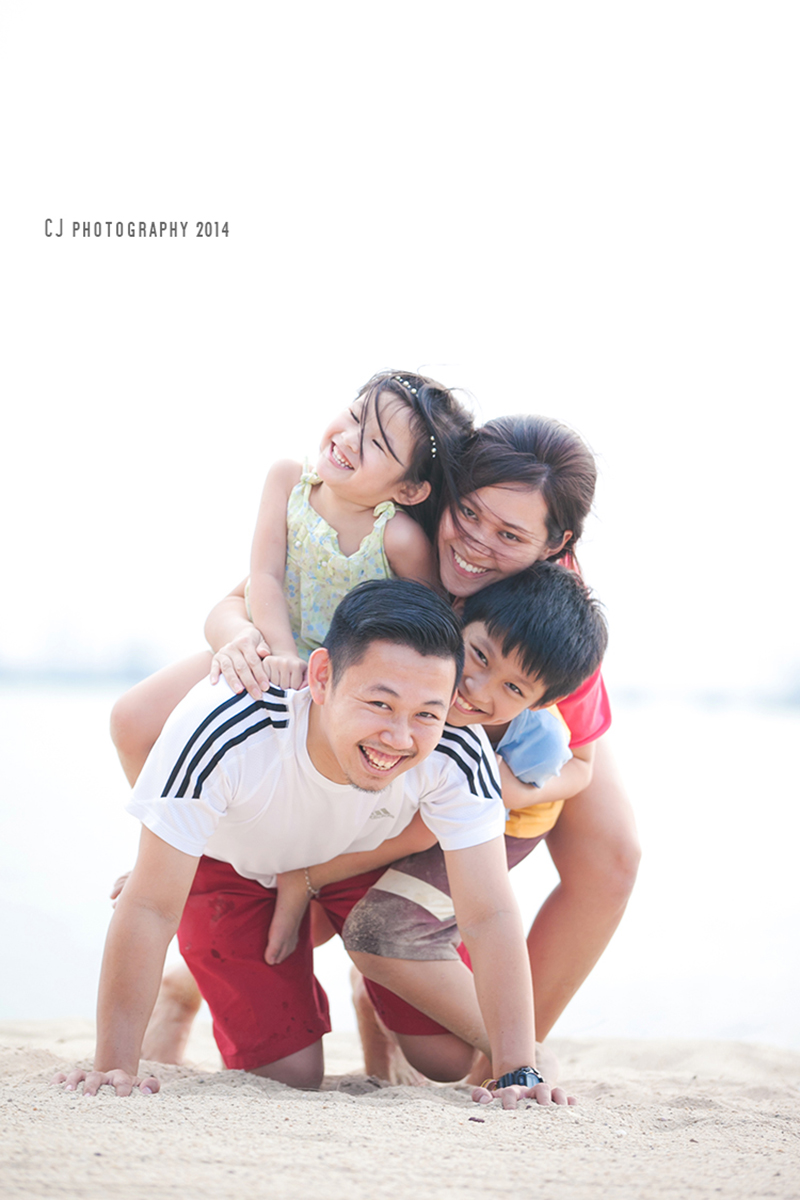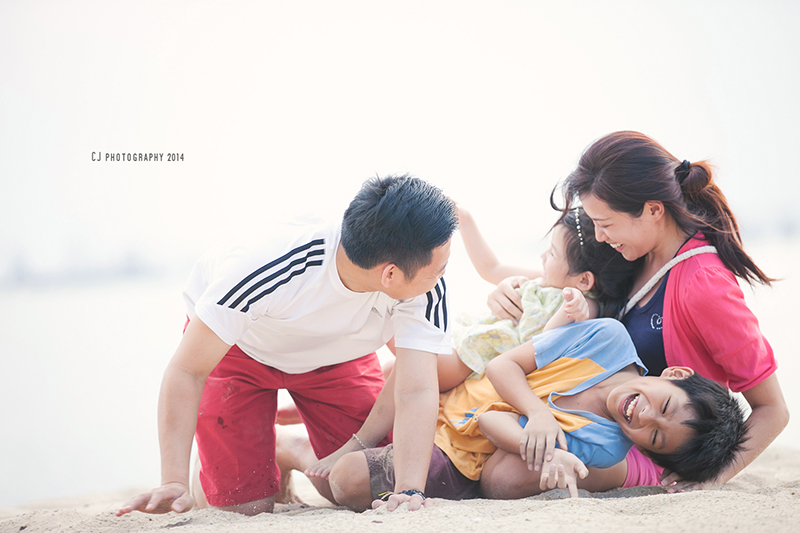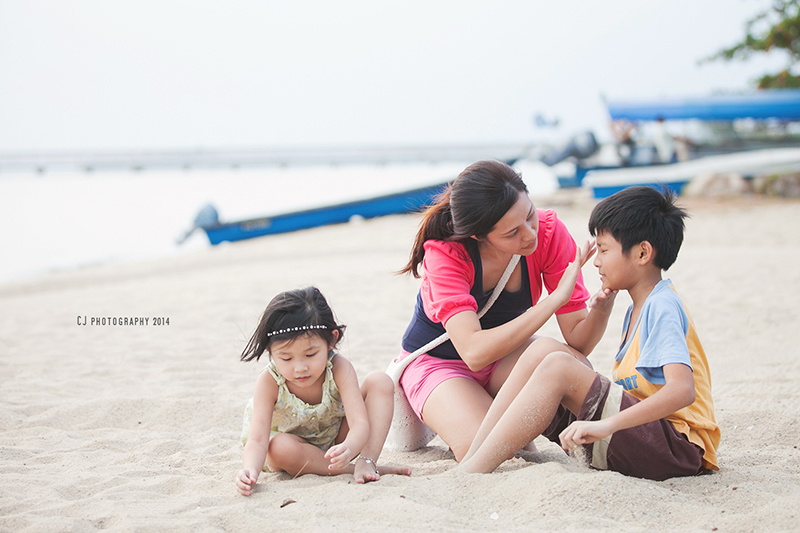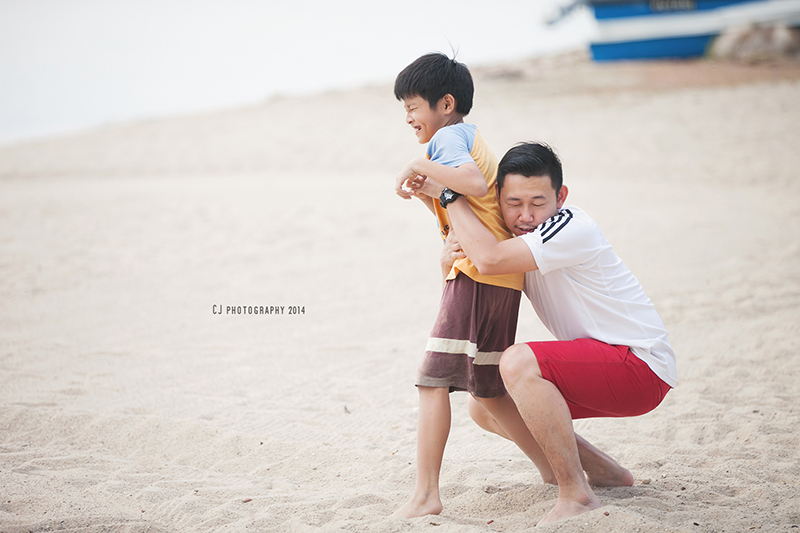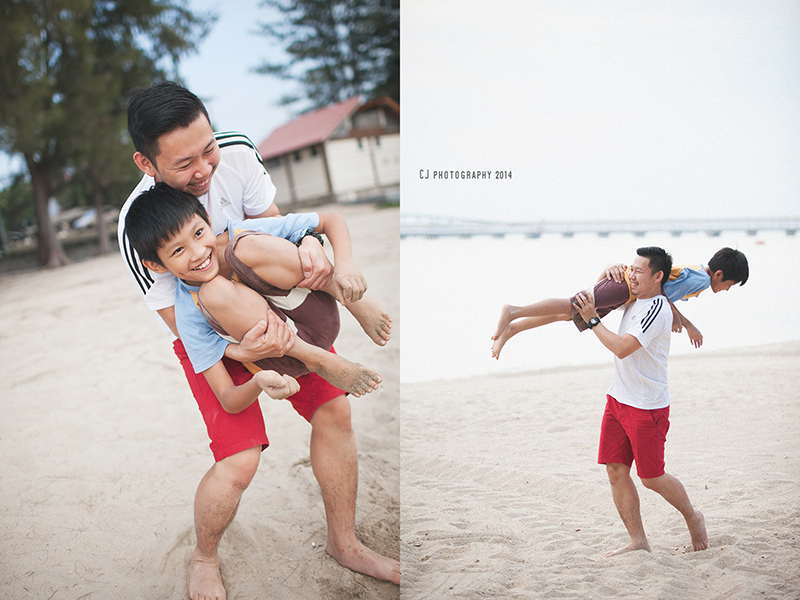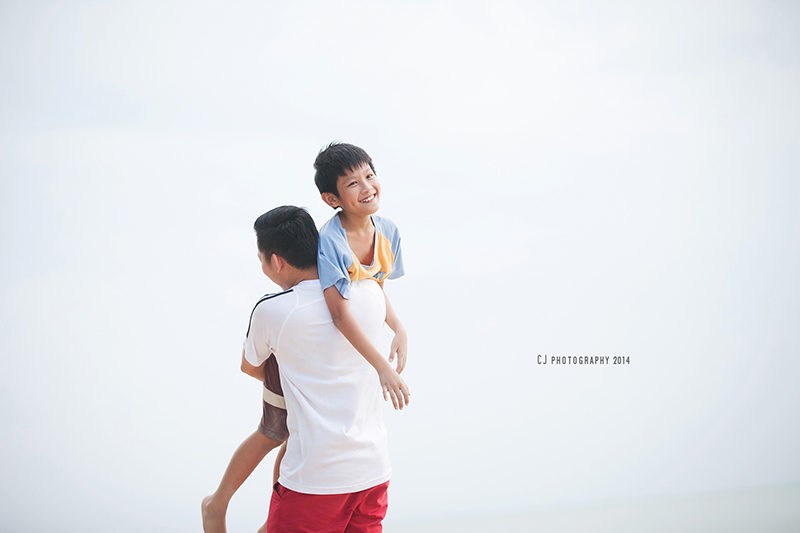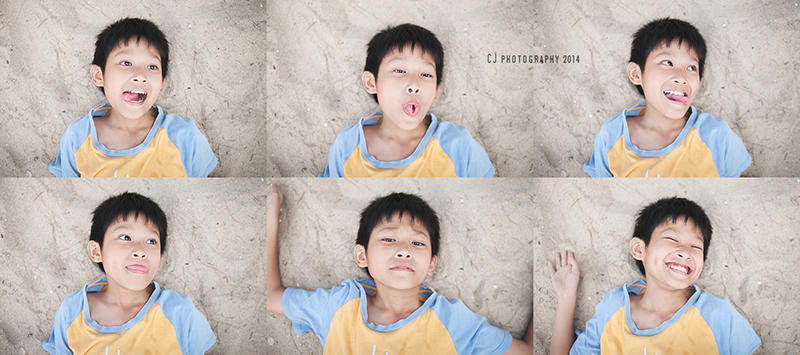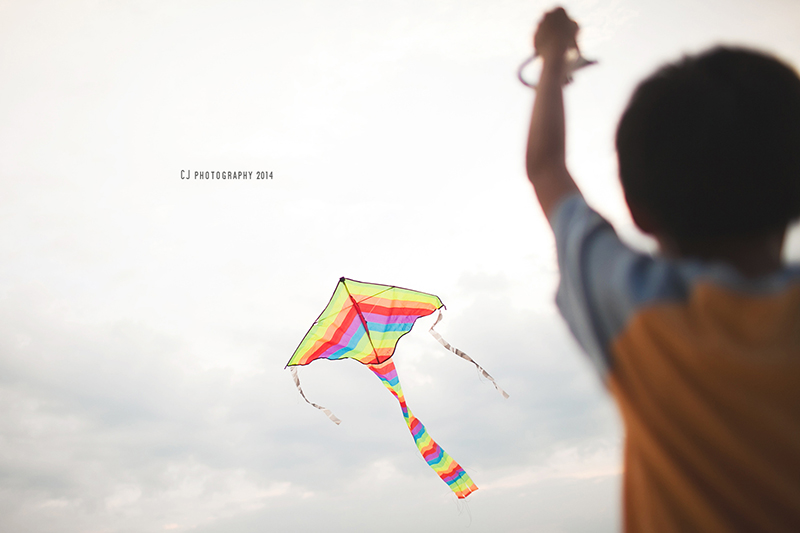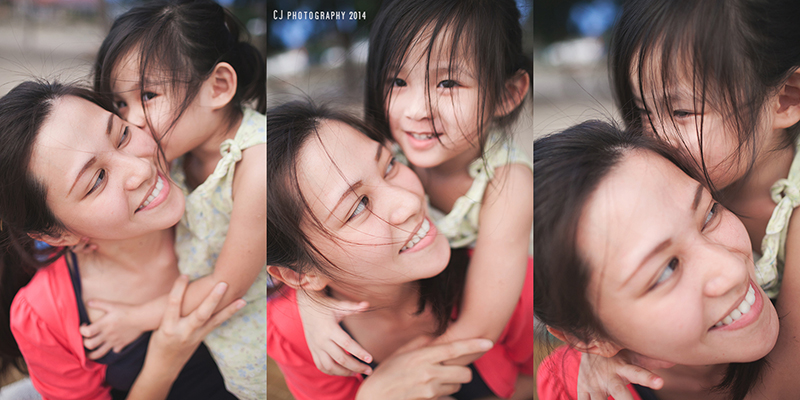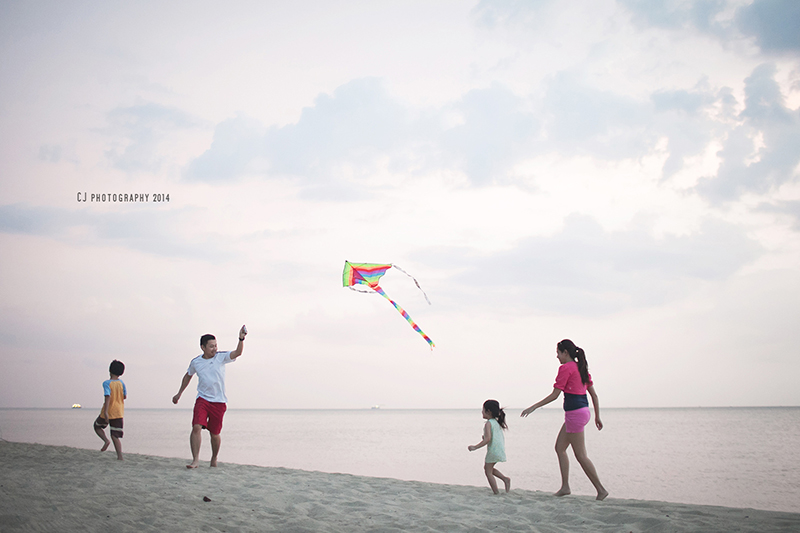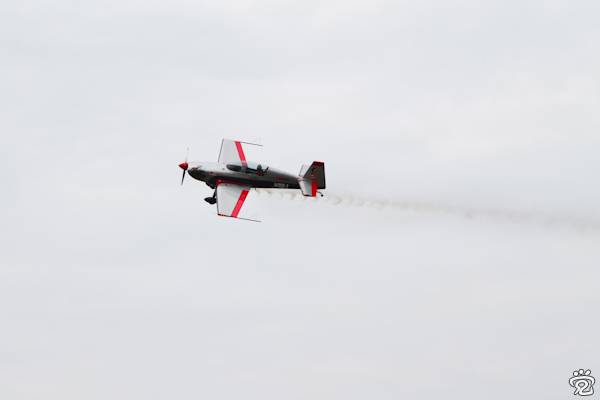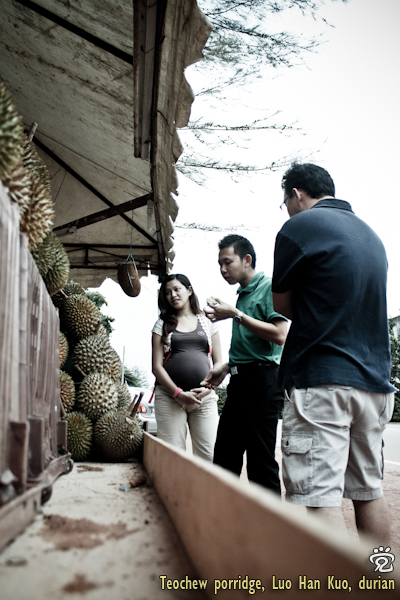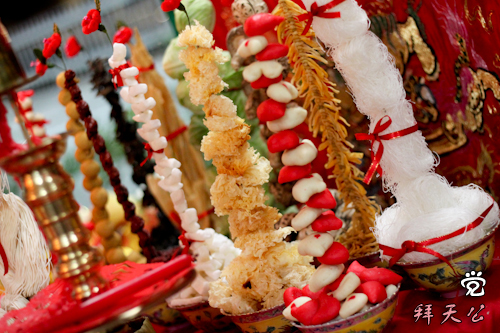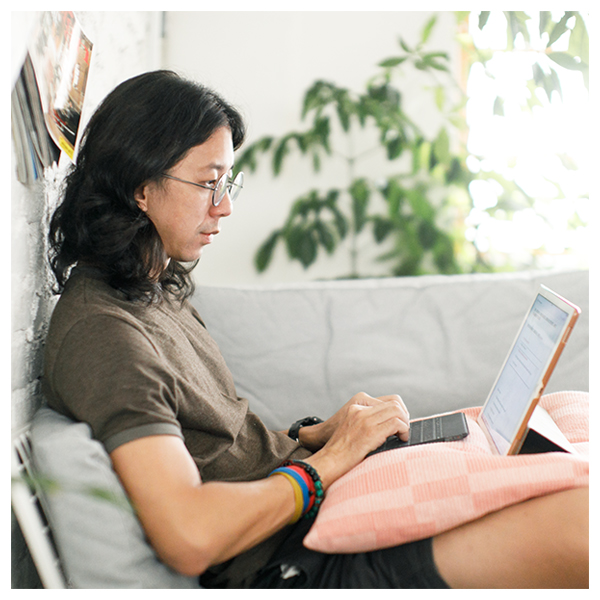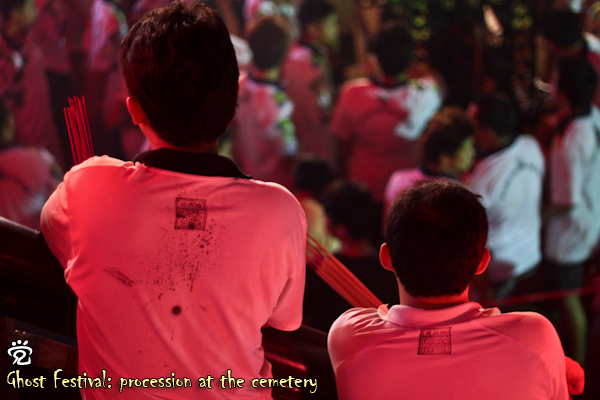
from left: Kok-Liang and Wee-Peng with their shirt stamped with the names of Da Er Ye Bo (大二爷伯), blessed and waiting for the procession to begin
The seventh lunar month is regarded as the ‘ghost month’ (鬼月), which is the traditional Chinese festival celebrated by the Chinese in many countries during the 30 days. In this month, the gates of the nether world are opened up and ghosts are free to roam the earth where they seek food and entertainment. Chinese would perform rituals and prayers to their deceased relatives, offer food and drink and burn hell bank notes and other forms of joss paper. Mass rituals and prayers are also held in temples or Chinese neighborhood and in some case, Chinese opera, dramas, and even burlesque shows are performed to the deceased ones as an act of ‘merry-making’.
Every year fall on the 13th of the ghost month, Chinese temple – Di Fang Fu (地方府) located at the Jelotong cemetery in Batu Berendam, Melaka, holds a grand celebration. It is the temple where Chinese worships to the Deities “Da Er Ye Bo” (大二爷伯) and “San Ye Bo” (三爷伯), who are the Deities from the nether world. There will be a 1.5 km procession around the Jelotong cemetery with devotees carrying a black and a white palanquin, ferrying Da Er Ye Bo. It is believed that ones who participate in the procession would be blessed by the Deities and be in good fortune.

Chinese lantern on the main building with the name of Di Fang Fu temple and the names of the three Deities
The late night on the 13th of the seventh lunar month (22th of July this year), Wee-Peng and I together with Kok-Liang and his younger brother visited to the Chinese temple, Di Fang Fu (地方府) located at the Jelotong cemetery in Batu Berendam, Melaka. Kok-Liang and Wee-Peng had been taking part in the procession for years and brought me there for the first time. According to Kok-Liang, the temple was established in the 80s and first housed in a shed-like structure. Years ago, it was then moved to a bigger building, a shorter distance away in the same area. Today, the temple stands a majestically view with all wall bricks and granite, mural design in and around the whole temple premises. It is a beautifully constructed new place of worship amidst a greenery landscape overlooking thousands of Chinese graves on the hillside of Jelotong.
The temple was already crowded with devotees when we arrived. Not long after that, we met Murphy and Desmond who being the volunteers in helping the event. They had been taking part in this celebration for years and this would be the first time to help as volunteers. We would first have to pay respect to the Deities by offering joss-sticks before we queued up to receive blessing from the medium of Da Ye Bo (大爷伯). The line was long and we waited for about an hour to receive blessing which said to be a must in order to walk across the cemetery.
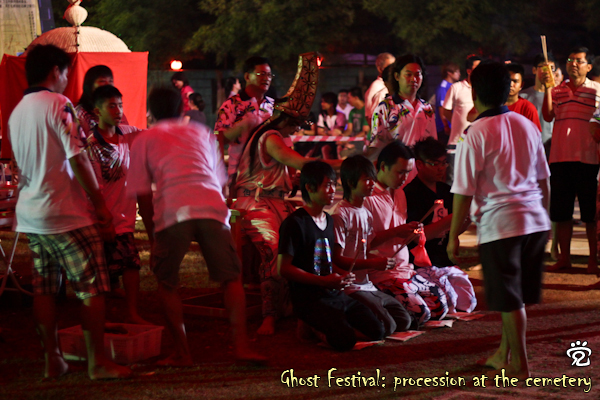
the medium of Da Ye Bo (with tall hat) giving blessing to the kneed devotees
Years ago, the mediums of Da Er Ye Bo (Da regards as elder where Er regards second, and Ye Bo means lord), the two Deities would give blessing to the devotees for the procession. This year however, Da Ye Bo was the only one who gave blessing. Before I continue on the event, let me share one of legends of Da Er Ye Bo which I found and translated from Chinese:
A very long time ago, in the southern province of China, there lived two inseperable friends by the name of Xie Bi-An (谢必安) and Fan Wu-Jiu (范无救), who then became sworn brothers. They had great mastery of martial arts and worked as the loyal magistrate constables (policemen nowadays), serving warrents and hauling in criminals for judgement, but never harming honest folks.
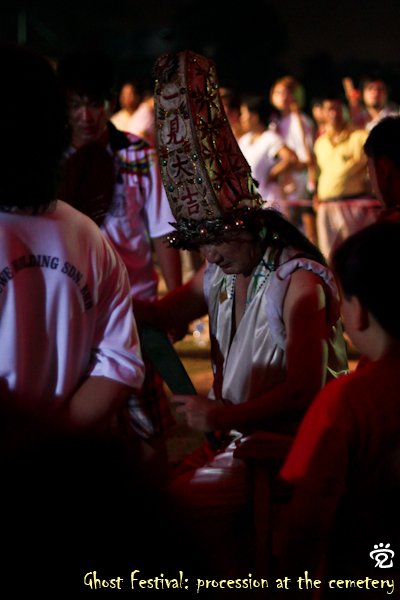
medium of Da Ye Bo (Xie Bi-An) giving blessing and cleansing to the devotees. The words '一见大吉' (one glimpse, great felicity) can be seen on his hat
Once during a prisoner transfer, they lost the prisoner. So they decided to split up to search for the prisoner and Xie told Fan to meet up under the South Platform Bridge. Soon after they went seperately, they were caught in a torrential rain, and great curtains of water beat down upon them.
Fan arrived at the bridge first and waited for Xie. The water level rose higher and higher. Fan had given his word that he would wait for Xie therefore he remained where he was. Eventually Fan was swept by a great of water and drowned. Later when Xie arrived at the bridge and found Fan’s dead body, he was overcome with gried, and in remorse he hanged himself to death from the tree where Fan’s body was found.
The extraordinary affection and loyalty that Fan had for Xie (so much that he was drowned rather than leaving the place where he had promised to wait), and that Xie had for Fan (so much that he hanged himself rather than go on living without his sworn brother), much moved the King of Nether World, who had them appointed as his assistants, where they continue to work together to protect the people from bandits and other bad elements.
Today, Xie Bi-An is known as Da Ye Bo, who is recognized by his chalky white skin and his long tongue, and by his tall stature, made taller yet by a high white hat bearing the words, “one glimpse, great felicity” (一见大吉), where Fan Wu-Jiu is known as Er Ye Bo and is easily recognized by his short stature and dark red or black skin and by the little plaque he carries reading “Good and Evil Clearly Differentiated” (善恶分明).
The medium who possessed by Da Ye Bo was giving blessing and cleansing to the devotees. It was our turn after a long queue. We kneed with our back facing the medium while he gave us blessing. While waiting for the rest of the devotees to receive blessing, I met Kenn-Wai. What a coincident! I was so happy to see him that I could learn something from him while Kenn-Wai also showed a happy smile after seeing me with my camera. He did not carry his camera to the procession and felt deeply regretted. We then started to have discussion of taking shots in low light condition and put our experience into action.
It was about 2:00 a.m. in the morning when thousands of devotees had received blessing from the medium, Da Ye Bo. The statues of Da Ye Bo and Er Ye Bo were then placed on the the two palanquins respectively, one was in black and the other was in white. Before the procession began, strict instruction was given that everyone was advised not to talk nor look back when walking across the cemetery. It was somehow to show respect to the spirits of the cemetery. Everyone would then have to walk with bare foot and holding the lighted joss-sticks, following the medium of Da Ye Bo and the two palanquins on the lead.
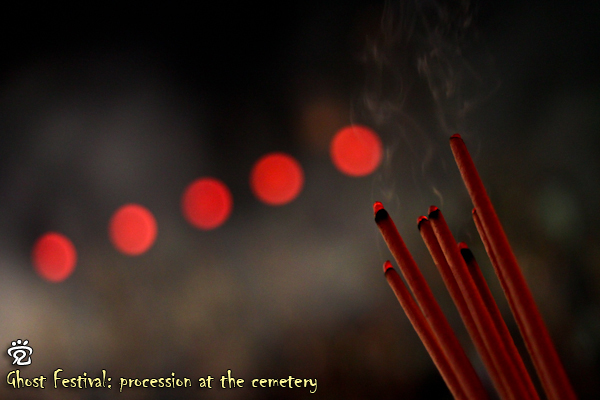
joss sticks
The procession began with the cheering of the devotees and fireworks setting off, heading towards the cemetery not far away from the temple. The noise was then reduced to minimum soon after we started. It was dark with such minimal light in the sky from the moon and everyone could barely see the path. It was a pain to walk in the dark and on the stony ground of the cemetery. Although it was quiet during the procession, I could hear people complaining about the pain of their feet. Of course there was a truck following the march to pick up those who could not continue the walk.
The 1.5 km path leads back to the temple, making a big turn across the cemetery hill. My friends and I were at the back of the march and we arrived at the temple after 30-45 minutes walk later than many people. Before we arrived we could hear people started cheering and fireworks were set off again for the celebration to the completion of the procession. Though I could not make it in time to witness, Kenn-Wai later described to me how the medium of Da Er Bo was thanked and ‘sent’ back to the other world after finishing the procession. Stacks of joss papers and papier-mâché items were then burnt as thanksgiving to the Deities. The celebration ended in a real peaceful and joyful environment.
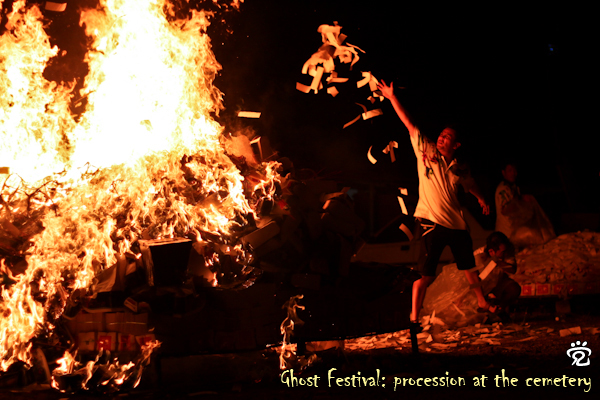
joss papers and papier-mâché items were burnt as an offering to the Deities
I really enjoyed to witness and would like to thank Kok-Liang and Wee-Peng for bringing me to participate in this grand celebration. And thanks to Kenn-Wai for sharing his shots and experience of photography with me. We had fun snapping the event together. May all beings be happy.
Shots Kenn-Wai and I took:
Read More

